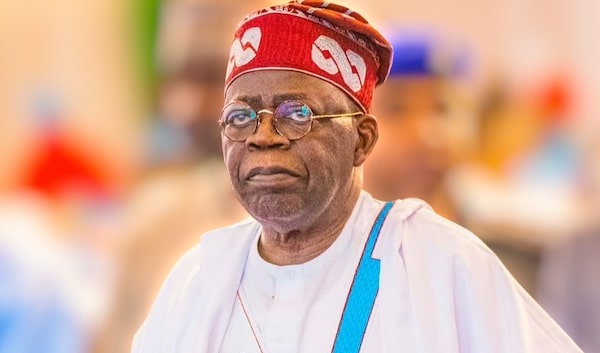
HARPING on Nigeria’s notorious laxity, the World Bank has refocused attention on the country’s huge infrastructure deficit. Speaking at the 2023 banking and finance conference in Abuja, the World Bank’s Country Director, Nigeria, Shubham Chaudhuri, lamented; “Public spending by the Nigerian government, at both the federal and sub-national levels, have been very low.” Therefore, leadership at the three tiers of government should launch Nigeria into a new economic era by strategically addressing the deficit.
Sixty-three years after independence, development remains stunted. Nigeria is a graveyard of abandoned projects. The public refineries failed decades ago. Rail, road, airport and seaport infrastructure are grossly inadequate. Power supply is miserably low. Recklessly, the national and sub-national governments allocate more resources to recurrent over capital expenditure.
Experts say Nigeria needs between $100 billion and $150 billion annually over the next 30 years to close its infrastructure deficit. Dataphyte estimates it at $2.3 trillion, and Agusto & Co, and the World Bank at $3 trillion. Nigeria ranked 24th in 2020 out of 54 African countries in the Africa Infrastructure Development Index with 23.26 points; Egypt was second with 88.3 points, and war-torn Libya third with 82.9 points.
Chaudhuri says it would take Nigeria 300 years to bridge the gap at the current rate of funding. In the 2023 federal budget, recurrent allocation was N8.33 trillion, about 40 per cent of the total outlay. The Global Competitive Index Report 2019 ranked Nigeria 130th out of 141 economies surveyed for quality infrastructure.
Since the Fourth Republic commenced, there have been very few notable projects, with only the National Stadium, Abuja, the Abuja-Kaduna Rail, the Lagos-Ibadan Rail, and the Ajaokuta-Itakpe rail line standing out. The Second Niger Bridge was also recently completed.
Instructively, the reconstruction of the 127.5-kilometre Lagos-Ibadan Expressway, begun in 2004; the East-West Road, Sagamu-Benin Expressway, Ibadan-Ilorin, Benin-Auchi-Lokoja-Abuja Expressway, Abuja-Kaduna-Kano Expressway, and other vital arteries remain under perpetual reconstruction.
Of Nigeria’s 200,000km road network, only 60,000km is paved. The Senate identifies 10,000 abandoned projects across the country. In 2022, the Chartered Institute of Project Managers of Nigeria cited the much higher figure of 56,000 uncompleted projects.
This includes the Ajaokuta Steel Company, inaugurated in 1978. Many of the Niger Delta Power Holding Company plants, with a combined capacity to generate 12,000 megawatts, are not functional. Consequently, by 2020, only 55.4 per cent of Nigerians had access to electricity, says the AIDI. The sole national transmission grid has reportedly collapsed 138 times in the last 10 years. The AIDI Electricity Index 2020 ranked Nigeria 29th among 54 African countries.
To meet the World Bank recommendation of 70 per cent infrastructure-to-GDP benchmark – Nigeria is currently on 30 per cent – President Bola Tinubu should do things radically different.
His cabinet of 45 ministers should be slashed. The cost of governance must go down significantly by reducing the MDAs and their personnel. Maintaining the legislature has become too costly for a country struggling with a debt of N87.38 trillion.
Infrastructure provision guarantees economic development and stability say experts. Nigeria’s governments should therefore make infrastructure top priority. The United States, the world’s biggest economy, has just commenced a $1.25 trillion ‘Decade of Infrastructure’ renewal programme. Despite being credited with world’s third best infrastructure, in 2019, Singapore committed $10 billion per annum to infrastructure renewal.
Beginning with the 2024 budget, therefore, Tinubu should focus on infrastructure development by allocating more funding to capital expenditure and less to recurrent. To boost revenues, the government should privatise the state-owned enterprises, reduce the Presidential Air Fleet, cut overseas travels, implement the Reviewed National Integrated Infrastructure Master Plan, and concession the seaports and the airports.
The state governments should similarly embark on infrastructure renewal in their domains.





